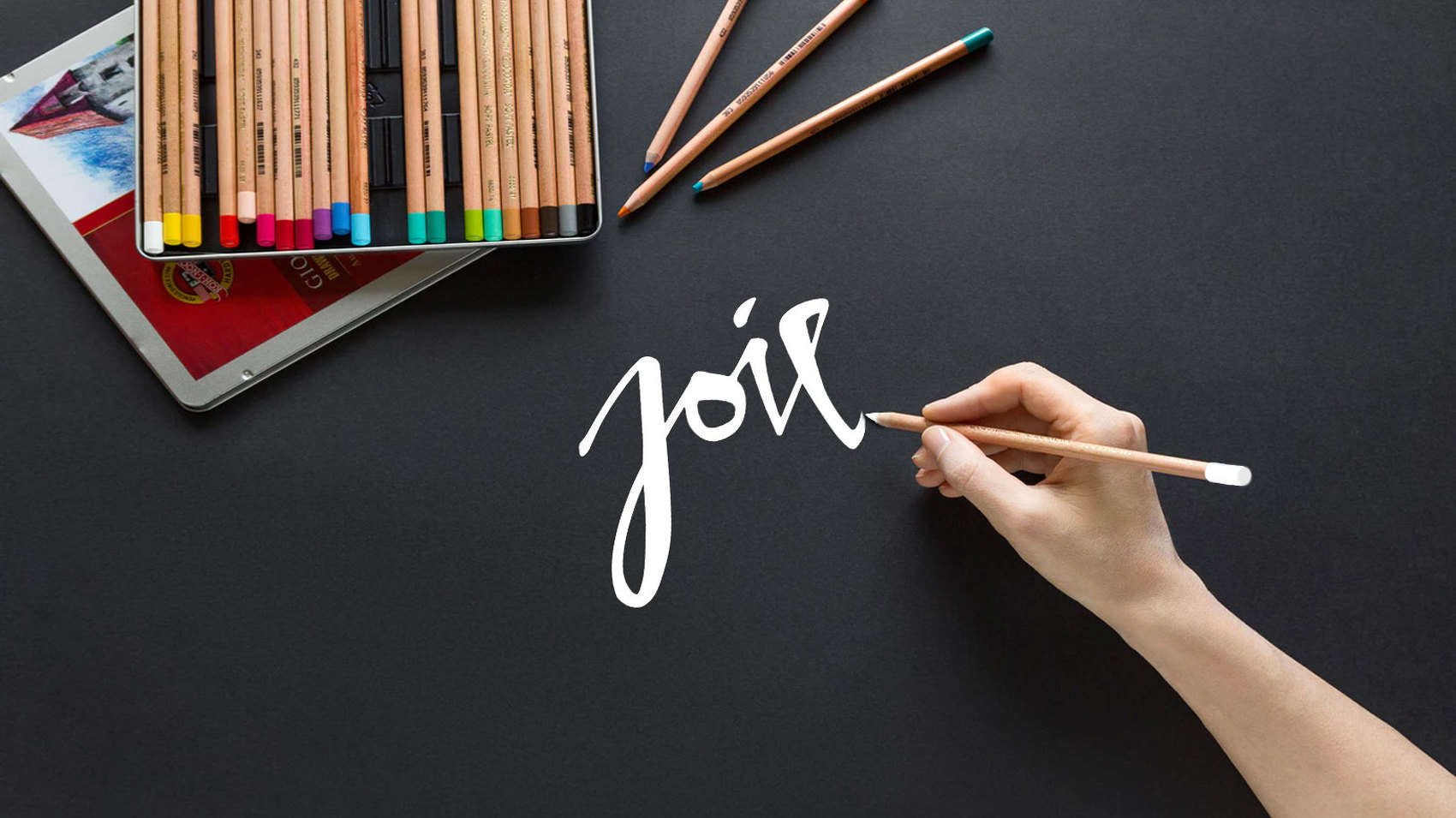Your Brand Is Much More Than Your Logo
Posted by: {johnwatkinson}. 11.04.2019

When people think ‘brand identity’, it’s not uncommon for most to think ‘logo’. And rightfully so. Your logo is the first manifestation of your brand’s positioning and what you want your customers to remember you by. It’s a visual cue that aims to drive brand recognition.
But there is so much more to your brand than just your logo.
Psychologically speaking, humans are more inclined to remember and retain attractive visuals and create associations between those visuals and what they represent.
This is why, as consumers, we are more likely to pick a well-designed package off the shelf vs. one that comes in a generic plastic bag. Even inferior quality brands can generate more recognition and loyalty and eventually make higher earnings just by implementing strategic branding and high-level design thinking.
So, if we haven’t convinced you yet, it goes without saying that creating a well-thought-out brand identity that goes beyond just a logo will not only help you increase your conversion rates, but also help gain the trust and loyalty of your clients and build your reputation amongst other businesses offering similar services.
Attaching a story to your brand, will not only lend substance, but it will also improve the trust your clients have in your services and give more credibility to your company overall. Only one logo without a story behind it is like having an empty shell: empty and easy to replace.
If the brand is built on a story of tradition and experience in the field, you are showcasing your brand as someone who can deliver a promise.
This is where the tone-of-voice comes in handy; it makes people’s experiences more humane. Using a tone that people find relatable and “likeable” will help you build trust, and influence people’s opinion and behaviour toward your brand.
So, when you find your brand’s voice, stay consistent! You’ll be amazed how your customers are able to recognise your voice and not just your logo.
Using the right colours in the right way will ensure that customers have a unique experience when interacting with a brand. If you go far enough, you can even manage to own certain colours and help trigger a direct association with your brand.
Let’s take, for instance, Coca Cola and the colour red. When people see a red can, they instantly associate it with the brand. Since then, other soda brands that have tried to use the same colour have ended up fading into the background. That’s the power of colour!
Let’s take, for example, a website. You can’t just place your logo on each page and expect it to have a huge impact. You need to create visual content that takes into account your logo, brand colours, typography and even your tone of voice. It’s just like having a garden with only one rose which can often go unnoticed.
Having supporting visuals on the other hand will help you build your brand. It’s like having that lone rose in a garden but surrounded by foliage. They are visually impacting while drawing consumers’ attention to the main story.
Creating your own photos and icons gives you the liberty to infuse your own brand’s voice and identity. It will make your clients recognise you easily. When you use stock images, you are limited with what you can do for your brand, making you settle for images that may not exactly portray you nor your story.
Use whatever you have and take creative in showcasing your brand wherever you are – it may be an exhibition or marketing event. Wow your clients by pushing the boundaries of your brand assets (that is, your logo, supporting visuals, typography and so on) and by creating new and memorable experiences for them. Your imagination is the only limit!
.
But there is so much more to your brand than just your logo.
(If you want to know more about logos and how to create a unique one, check our article on this topic.)When it comes to building a brand identity, a lot more goes into it than just designing a memorable symbol. If you think strategy, then it’s all about the brand’s positioning, promise, values, personality and tone-of-voice. But when you think design, you can relate that to colours, typography, patterns, graphic devices, photography, illustration styles, iconography and more.
Psychologically speaking, humans are more inclined to remember and retain attractive visuals and create associations between those visuals and what they represent.
This is why, as consumers, we are more likely to pick a well-designed package off the shelf vs. one that comes in a generic plastic bag. Even inferior quality brands can generate more recognition and loyalty and eventually make higher earnings just by implementing strategic branding and high-level design thinking.
So, if we haven’t convinced you yet, it goes without saying that creating a well-thought-out brand identity that goes beyond just a logo will not only help you increase your conversion rates, but also help gain the trust and loyalty of your clients and build your reputation amongst other businesses offering similar services.
5 Ways to Build a Brand Beyond the ‘Logo’
1. Create a ‘Brand Story’:
Building a strong foundation is essential if you want your clients to connect with your brand and remain loyal to your services. The best way to do this is by creating a story behind the brand and establish the brand’s reason for being.Attaching a story to your brand, will not only lend substance, but it will also improve the trust your clients have in your services and give more credibility to your company overall. Only one logo without a story behind it is like having an empty shell: empty and easy to replace.
If the brand is built on a story of tradition and experience in the field, you are showcasing your brand as someone who can deliver a promise.
2. Find your Tone-of-Voice:
Having a tone of voice will give personality and versatility to your brand. It will make it less about the products and services, and more about the people involved in the whole exchange. Also, developing a particular and specific way of talking to your audience will make your existing customers (and potential ones) feel that they are not only dealing with an impersonal entity, operating in a mechanical way.This is where the tone-of-voice comes in handy; it makes people’s experiences more humane. Using a tone that people find relatable and “likeable” will help you build trust, and influence people’s opinion and behaviour toward your brand.
So, when you find your brand’s voice, stay consistent! You’ll be amazed how your customers are able to recognise your voice and not just your logo.
3. Develop a set of comprehensive brand assets:
In order to have a strong presence in the market, you need to go beyond the logo and create some well-grounded brand assets that will help form your brand identity. This is the most important part of your brand strategy and it has to be the hidden iceberg that your logo rests on. It is a complex process but here are some guidelines to make it easier for you:a. The psychology of colours
“Colours are by themselves visual symbols and it’s in your power to take advantage of them and make them work in your favour.”First and foremost – colours. Though some might see it as a simple matter, it’s an important aspect when it comes to brand identity. Colours are responsible for triggering various emotions in our brain which we cannot control. For example, blue is associated with calmness and relaxation, in the same way orange is associated with energy and activity, and green represents freshness and vitality. Colours are by themselves visual symbols and every brand has the ability to harness them and make them work in their favour.
Using the right colours in the right way will ensure that customers have a unique experience when interacting with a brand. If you go far enough, you can even manage to own certain colours and help trigger a direct association with your brand.
Let’s take, for instance, Coca Cola and the colour red. When people see a red can, they instantly associate it with the brand. Since then, other soda brands that have tried to use the same colour have ended up fading into the background. That’s the power of colour!
b. The importance of good typography
Another aspect to consider in building a full-fledged visual system is choosing the right typography. If you do it right, using a particular typeface will increase the impact of your brand, making your clients recognise you by merely looking at the font. But don’t forget that if you choose to implement a particular typography, this must be in line with your tone of voice and the rest of your branding guidelines.c. The need for supporting graphic devices
In order to have a successful branding campaign, you need more than just a logo. As good as your logo might be, you can’t rely only on it to create the whole visual strategy. This is why you should create a few visual back-ups to reinforce your brand.Let’s take, for example, a website. You can’t just place your logo on each page and expect it to have a huge impact. You need to create visual content that takes into account your logo, brand colours, typography and even your tone of voice. It’s just like having a garden with only one rose which can often go unnoticed.
Having supporting visuals on the other hand will help you build your brand. It’s like having that lone rose in a garden but surrounded by foliage. They are visually impacting while drawing consumers’ attention to the main story.
4. Create your own photography and icons
When building a brand, originality is key. Therefore, the best choice is to give up using the same old stock images everyone can find online, and create your own imagery style as visual content. Of course, it’s a tough job, but if you go through all the trouble of putting up a branding campaign, this is essential, if you want to ensure success. Think about some of the big brands you know. They produce their own imagery and there is a reason for that.Creating your own photos and icons gives you the liberty to infuse your own brand’s voice and identity. It will make your clients recognise you easily. When you use stock images, you are limited with what you can do for your brand, making you settle for images that may not exactly portray you nor your story.
5. Go beyond your basic assets
Last, but not the least, don’t settle with just the basics. Creating a brand is about creating strong visual content without doing the same old, same old. Consumers could easily get bored and may look for something new.Use whatever you have and take creative in showcasing your brand wherever you are – it may be an exhibition or marketing event. Wow your clients by pushing the boundaries of your brand assets (that is, your logo, supporting visuals, typography and so on) and by creating new and memorable experiences for them. Your imagination is the only limit!
.

